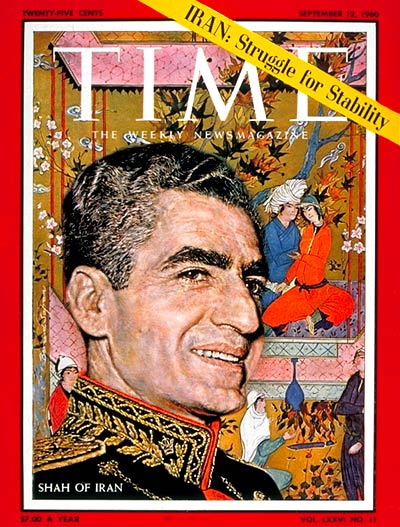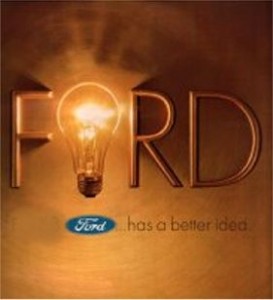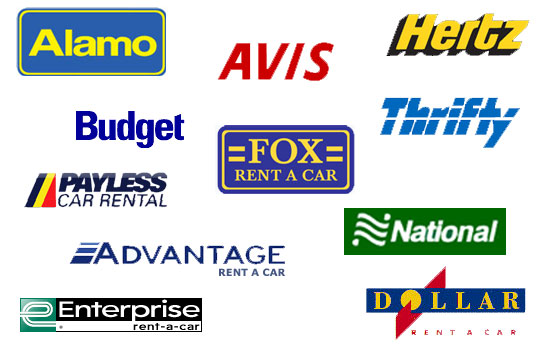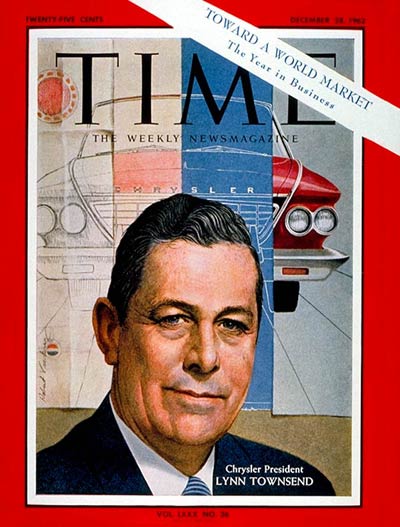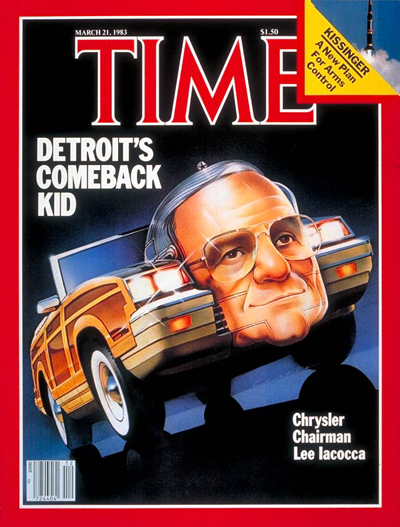 You need to bring cohesion and unity into the company. Fire people that don’t know what they are doing, and replace them with experience quickly. Iacocca didn’t fire the board immediately because they didn’t have much information (although he was tempted). They were excluded from understanding the true situation at Chrysler. For Iacocca, the vice presidents were all square pegs in round holes. The entire company was in shambles and very poorly managed.
You need to bring cohesion and unity into the company. Fire people that don’t know what they are doing, and replace them with experience quickly. Iacocca didn’t fire the board immediately because they didn’t have much information (although he was tempted). They were excluded from understanding the true situation at Chrysler. For Iacocca, the vice presidents were all square pegs in round holes. The entire company was in shambles and very poorly managed.
 In order to ensure better communication between departments, Iacocca initiated quality circles so that the plant workers are more involved in the building process. If the design is super but building it is not possible, then that idea is really bad. Iacocca brought in Hans Matthias who would pull five units off the line at random to test quality. He would also get a new Toyota into a Chrysler plant and ask the assembly line team to look at the difference between their product and Toyota’s. Quality and productivity are part of the same product so Matthias brought in 250 new improve quality control people even though Chrysler could not afford it. When quality is higher, your warrantee costs go down as a company.
In order to ensure better communication between departments, Iacocca initiated quality circles so that the plant workers are more involved in the building process. If the design is super but building it is not possible, then that idea is really bad. Iacocca brought in Hans Matthias who would pull five units off the line at random to test quality. He would also get a new Toyota into a Chrysler plant and ask the assembly line team to look at the difference between their product and Toyota’s. Quality and productivity are part of the same product so Matthias brought in 250 new improve quality control people even though Chrysler could not afford it. When quality is higher, your warrantee costs go down as a company.
 Iacocca went through his notebooks from Ford in order to poach the best and brightest. Lee brought in Jerry Greenwald who was running Ford in Venezuela. Greenwald told Henry Ford II that he was quitting to help out with an ailing giant (ie. Chrysler) which was similar to what Ford II himself had done in 1945 to save his grandfather’s company. Immediately, Greenwald centralized accounts and controls. At the time, no one knew who was responsible for controlling costs therefore no one was responsible. In order for Greenwald to get promoted, he brought in Steve Miller to be the CFO, as a replacement for himself.
Iacocca went through his notebooks from Ford in order to poach the best and brightest. Lee brought in Jerry Greenwald who was running Ford in Venezuela. Greenwald told Henry Ford II that he was quitting to help out with an ailing giant (ie. Chrysler) which was similar to what Ford II himself had done in 1945 to save his grandfather’s company. Immediately, Greenwald centralized accounts and controls. At the time, no one knew who was responsible for controlling costs therefore no one was responsible. In order for Greenwald to get promoted, he brought in Steve Miller to be the CFO, as a replacement for himself.
 There was no centralized financial data system. Iacocca purged the old guard at Chrysler and looked for young talent that had ‘fire in their eyes.’ Hal Sperlich was fired by Henry Ford II in 1977 and become one of Iacocca’s right hand men at Chrysler. Gar Laux was brought in to repair the relationship between Chrysler headquarters and dealers throughout the country. Dealers were upset about the quality of the cars and the expectation that they could sell them. Gar Laux helped the dealers to sell Chrysler in a new way: to love the customer the moment he/she walks through the door. Dealing with customer’s takes knowledge, time and patience.
There was no centralized financial data system. Iacocca purged the old guard at Chrysler and looked for young talent that had ‘fire in their eyes.’ Hal Sperlich was fired by Henry Ford II in 1977 and become one of Iacocca’s right hand men at Chrysler. Gar Laux was brought in to repair the relationship between Chrysler headquarters and dealers throughout the country. Dealers were upset about the quality of the cars and the expectation that they could sell them. Gar Laux helped the dealers to sell Chrysler in a new way: to love the customer the moment he/she walks through the door. Dealing with customer’s takes knowledge, time and patience.
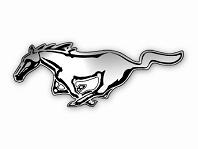 This is a synopsis & analysis based on Iacocca: An Autobiography and other miscellaneous research sources. Enjoy.
This is a synopsis & analysis based on Iacocca: An Autobiography and other miscellaneous research sources. Enjoy.
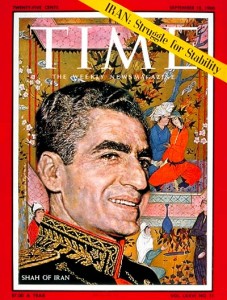 When the Shah fell in January 16th, 1979, the price of gas doubled. Gas guzzlers like RVs were the first to stop selling. The myth that the Big Three could have anticipated the spike in gas prices is foolish according for Iacocca. Until 1979, the customers wanted big V8 engines and demand was very high. Iacocca argues that small cars do not sell well in good times. The customers were leading the way. In 1978, Chrysler had small car but customers did not want to buy them. Period.
When the Shah fell in January 16th, 1979, the price of gas doubled. Gas guzzlers like RVs were the first to stop selling. The myth that the Big Three could have anticipated the spike in gas prices is foolish according for Iacocca. Until 1979, the customers wanted big V8 engines and demand was very high. Iacocca argues that small cars do not sell well in good times. The customers were leading the way. In 1978, Chrysler had small car but customers did not want to buy them. Period.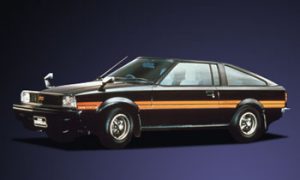 Customers were not interested in small cars before 1979 as evidenced by Honda and Toyota who were not performing well in the US. The fact is that Toyota and Honda built nothing BUT small cars so whenever the shift occurred they would benefit. Everything changed when 700,000 Toyotas were sold at black-market prices with $0.65 per gallon price tags. There was a 15% rise in demand for small cars in the first 5 months of 1979. This is a catastrophic shift. In one day, van sales fell by 42%. Iacocca was ready with plans for his K-car but the recession nosedived Chrysler towards a brutal destruction.
Customers were not interested in small cars before 1979 as evidenced by Honda and Toyota who were not performing well in the US. The fact is that Toyota and Honda built nothing BUT small cars so whenever the shift occurred they would benefit. Everything changed when 700,000 Toyotas were sold at black-market prices with $0.65 per gallon price tags. There was a 15% rise in demand for small cars in the first 5 months of 1979. This is a catastrophic shift. In one day, van sales fell by 42%. Iacocca was ready with plans for his K-car but the recession nosedived Chrysler towards a brutal destruction.
